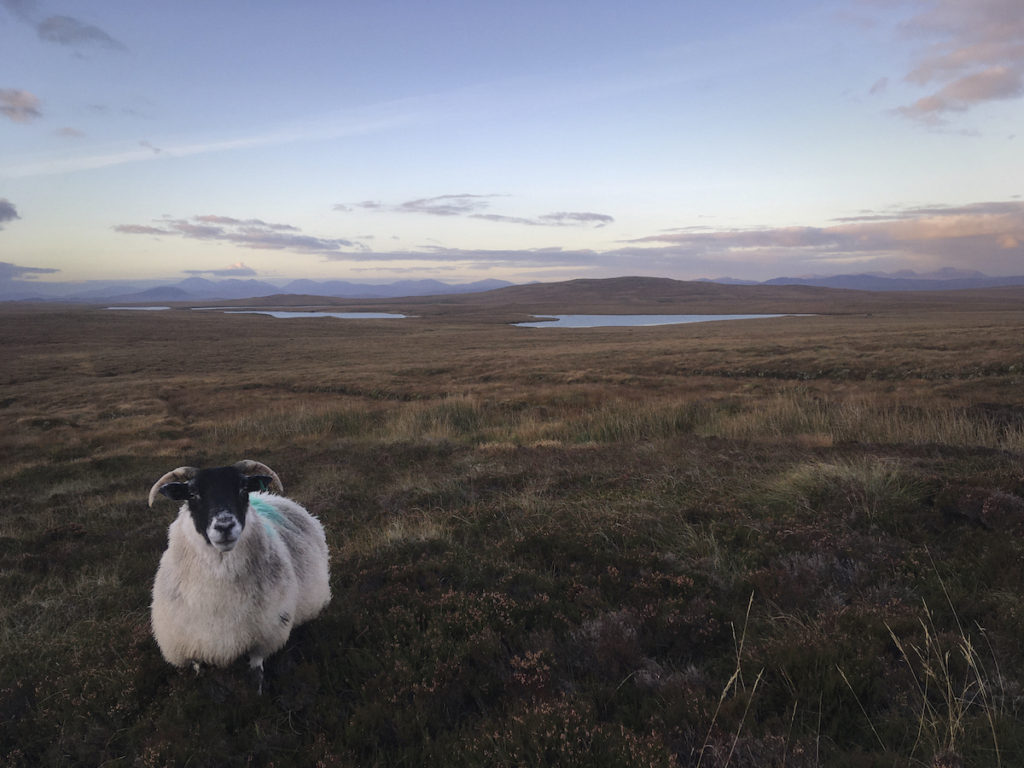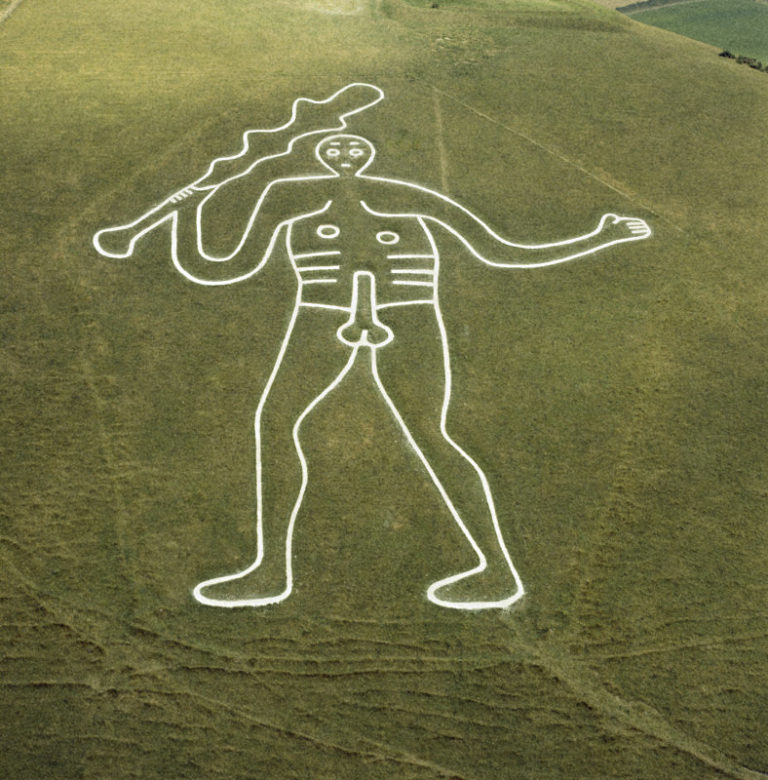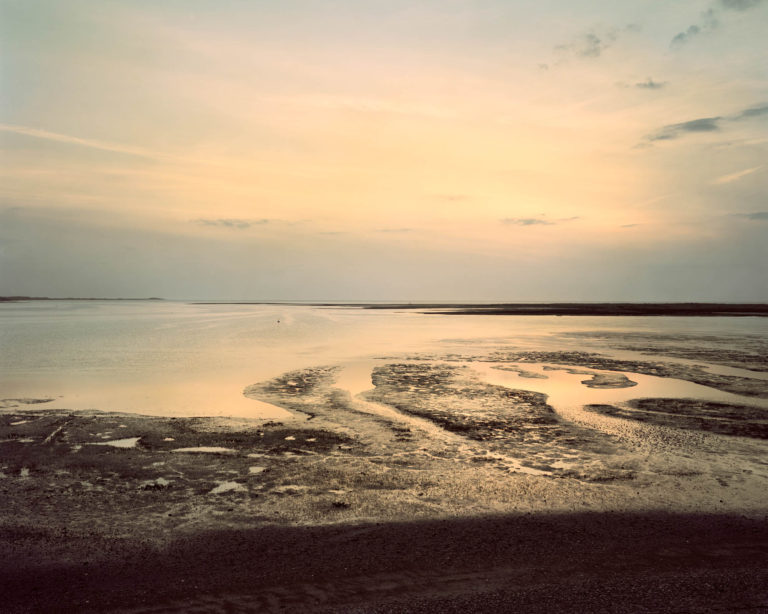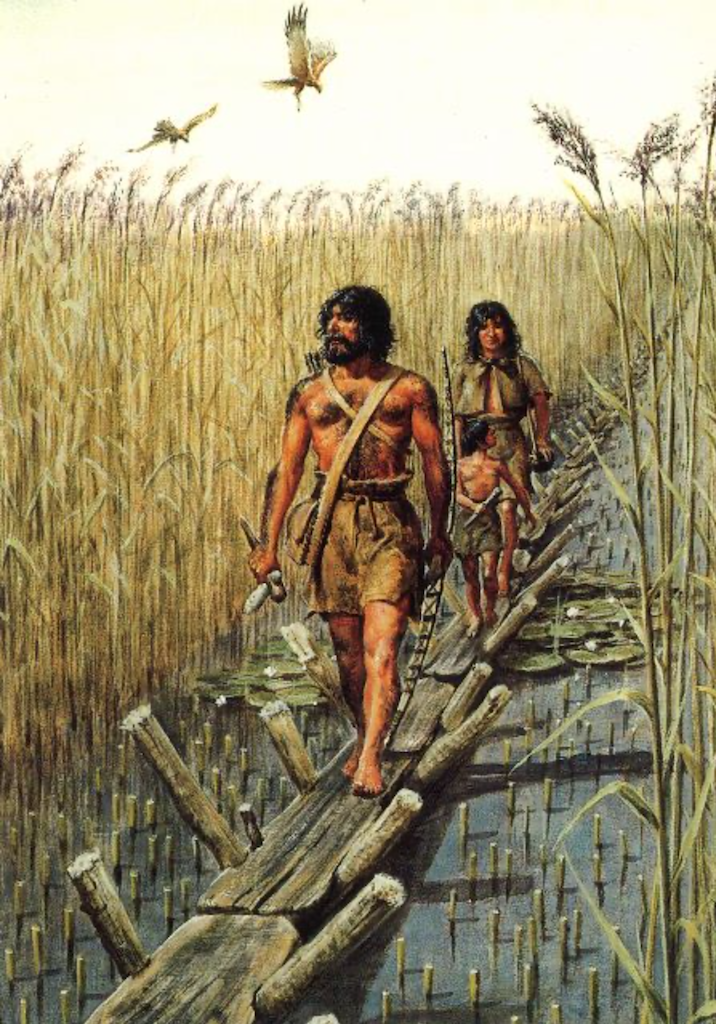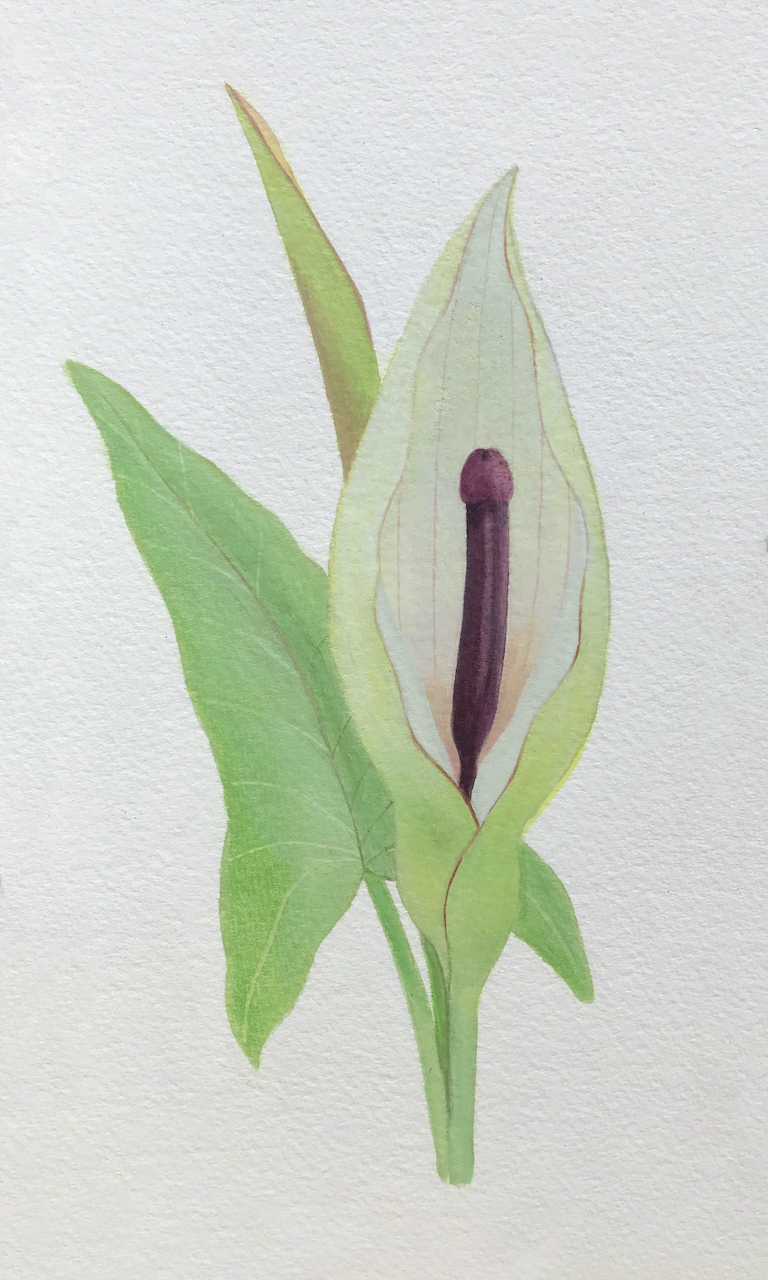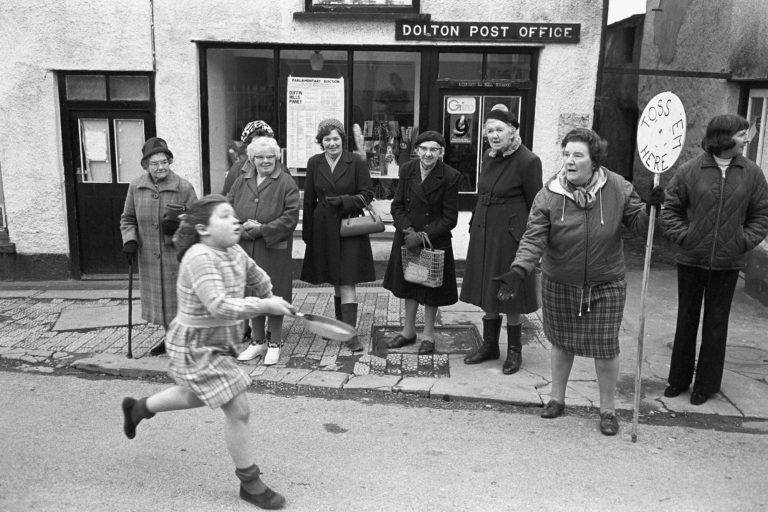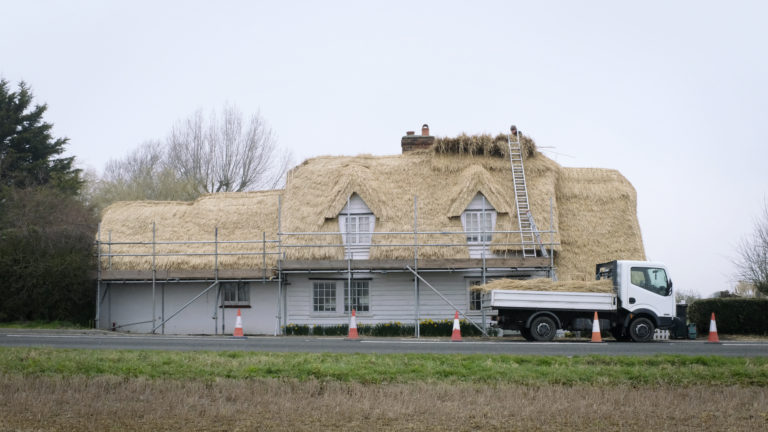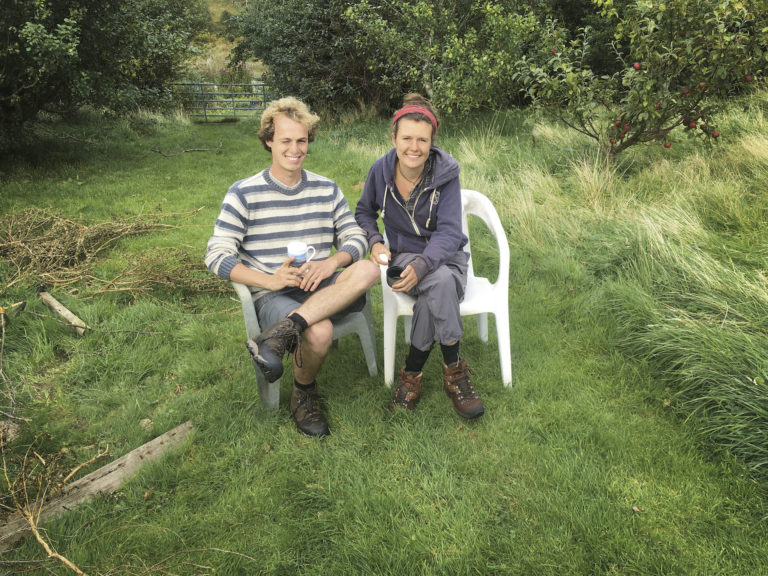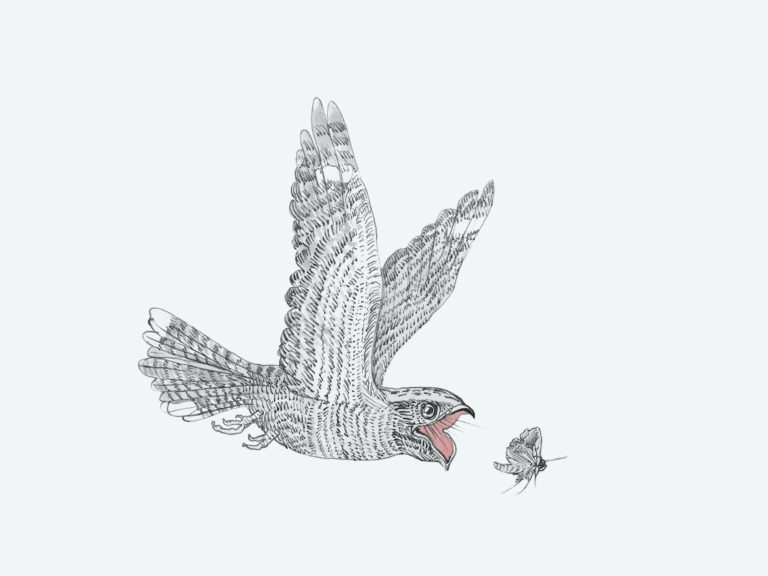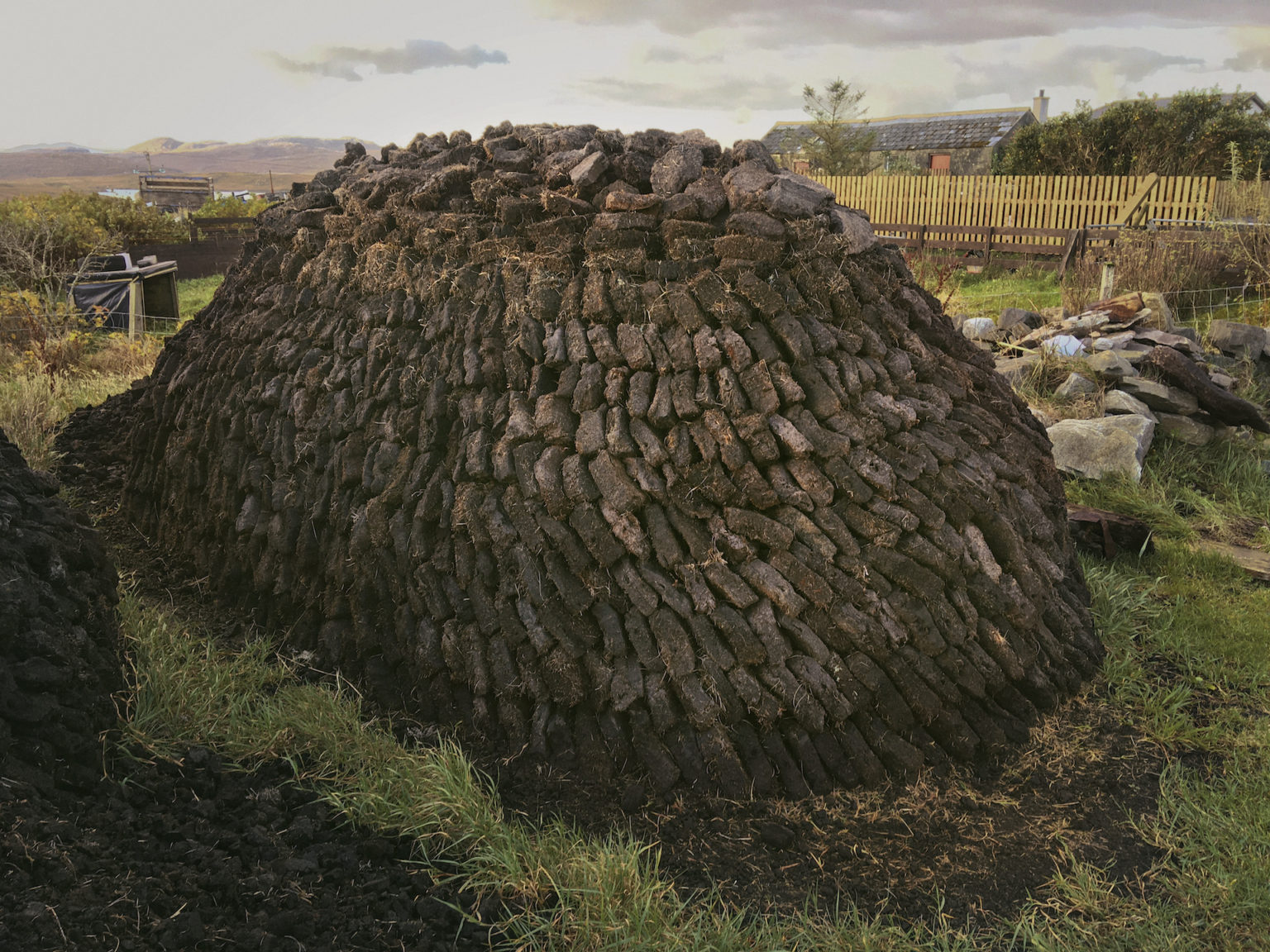
One of the unsung wonders of travel is the different smells that places have. Some countries are smellier than others but the Isle of Lewis in Scotland’s Outer Hebrides might possibly beat all comers in the UK. The reek of peat, being burned as fuel, is a deeply comforting and dense smell. If you come from the island I would imagine that smell gives you a true sense of home. Walking through the west coast village of Breasclete at 8am on a sunny November morning, there are already telltale streams of blue tinged smoke piping from the houses. You might recognise the sweet smell if you like a glass of whisky since many island malts have their barley dried over a peat fire.
There are few trees in these windswept parts and no coal but they do have the largest peat bog in Europe for fuel, covering 1/3 of the island. These boglands are liminal spaces, as much water as land, something especially apparent from the air. The Rathad Phentland (Pentland Road) snakes across the empty bog in a thin and sinuous line with the mountains of northern Harris visible in the far distance. The sheep here look astonished to see you. Peatlands are a carbon sink, soaking up carbon dioxide, but once dug up they turn tide and emit CO2. The peat is formed by decomposing plant matter, accumulating at a rate of 1 metre per 1000 years. Whether you class that as a renewable resource depends on your attitude to time and how long this planet has left. The use of peat for gardening is well documented as being unsustainable but might there be cultural exceptions, of which its use in these isles could be one? People have hand-cut peat on these moors since the birth of time. This longevity has rooted itself firmly in local culture, especially in the Gaelic lexicon and in the fables of peat cutting.
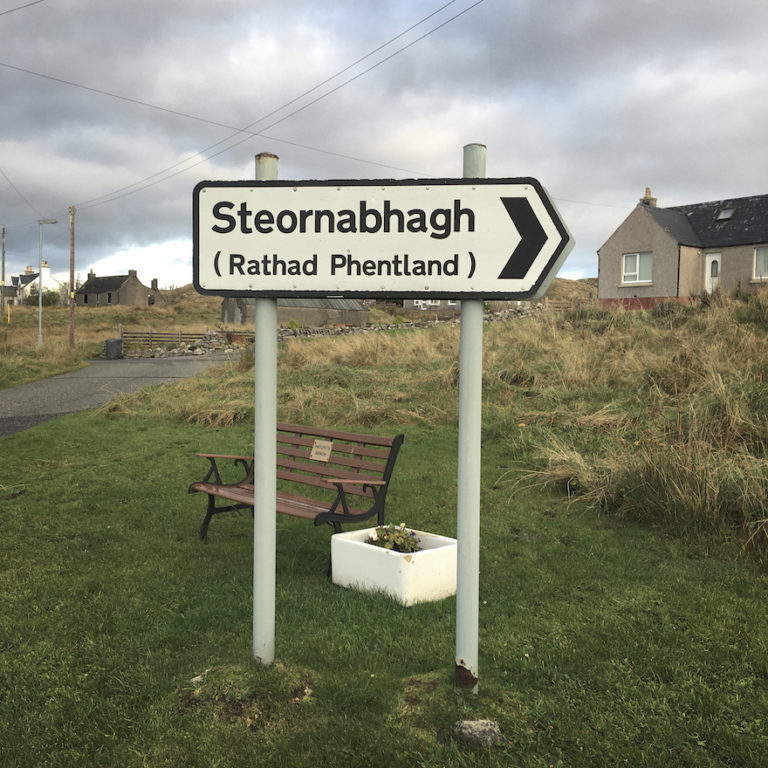
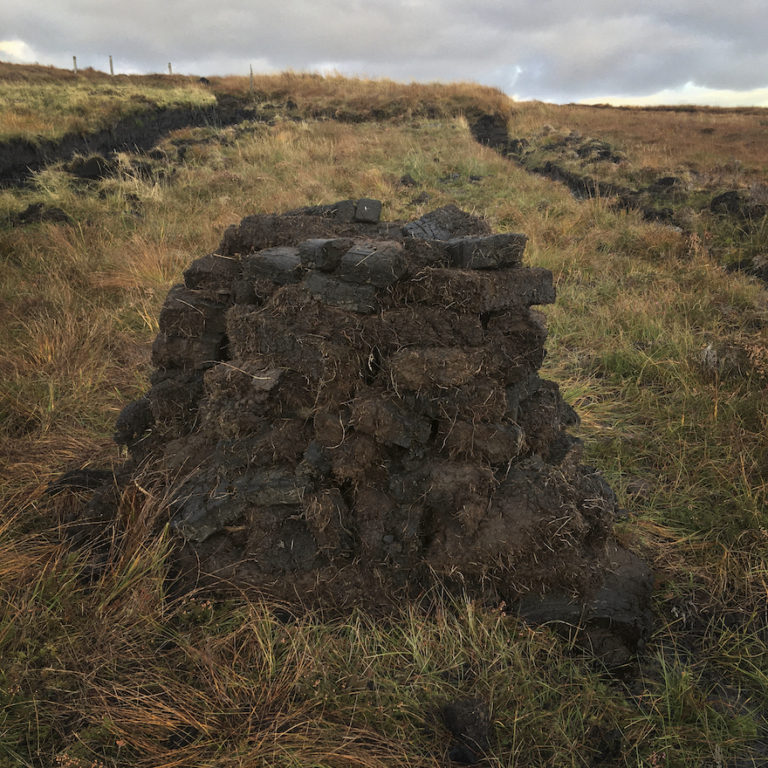
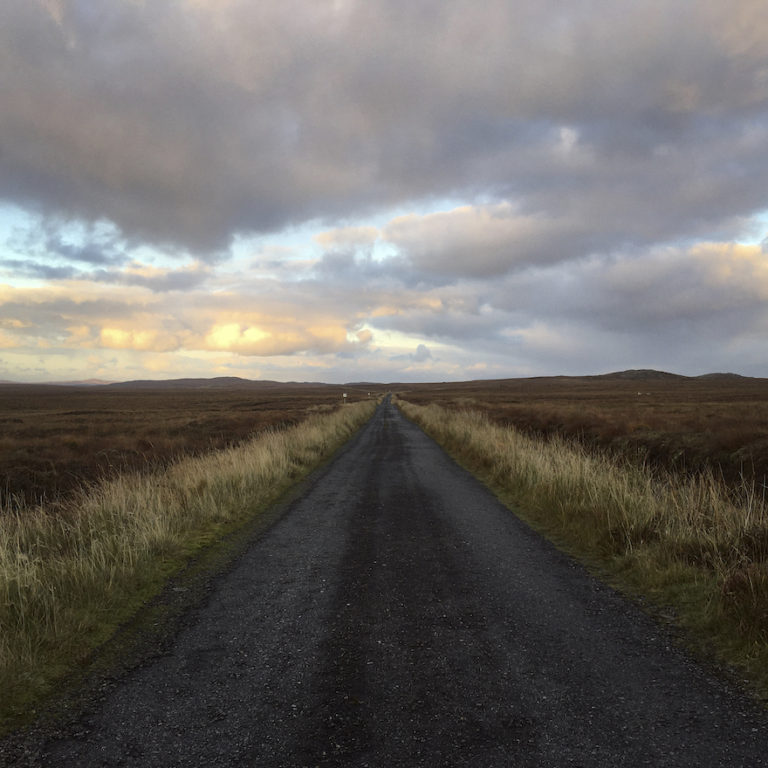
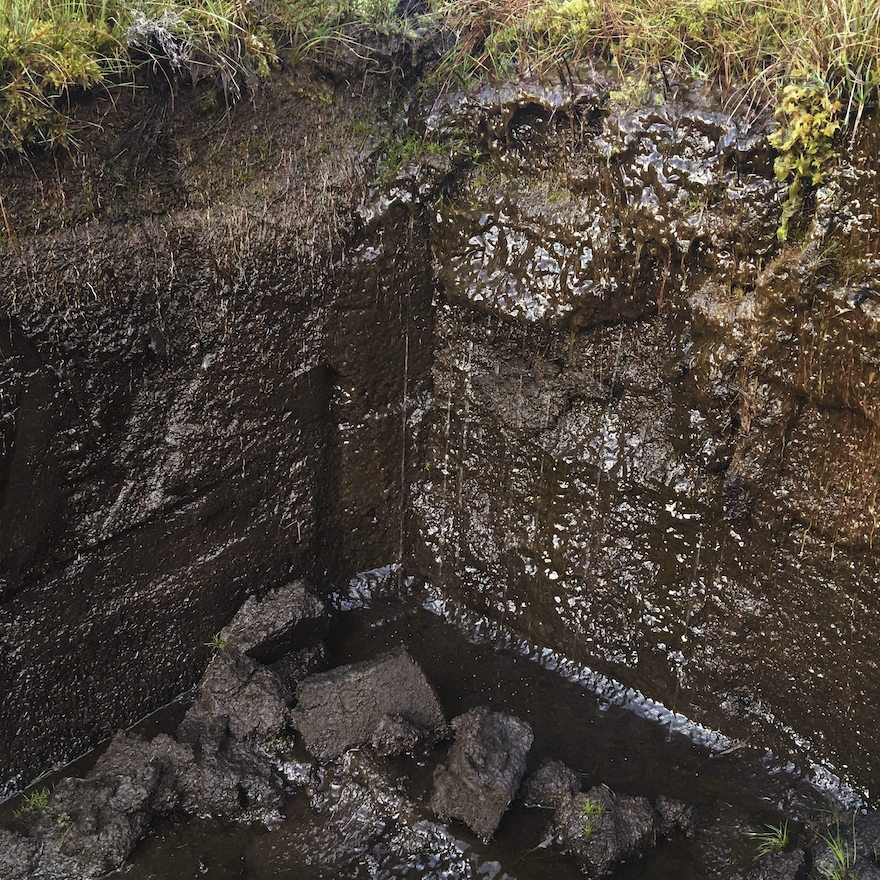
Cutting peat is hard work. A tairsgear (spade) is used and even on this island of only 20,000 people, you can tell where one comes from by its unique shape. Each house has its own part of the bog and come early May, once the Flag Iris has flowered, families can be seen dotting the open moor, backs bent to their task. The number of cutters out, fluctuates subject to oil price and how much money folk can save by collecting their own fuel. In cutting the old family peat banks, there is a physical connection to the past, like any task performed with the same tools and in the same place as your forebears. The author Robin A Crawford deliciously describes this cutting as ‘like a warm sharp knife through a chocolate fudge brownie’. The pros can cut 1000 peats a day but a croft can burn 15,000 in a year. Do the math. And that’s just the cutting…….
Once cut, the fa\ds (slabs) are laid out on the heather to harden. These are then stacked into a ru\dhan (4 slabbed stack), then into a stook (16 slab stack). The stacks are built to a particular pattern, repelling rain but allowing the wind to dry them. Once completely dry they are carted home and a cruach mho/na (final stack) is made. The latter are often the most beautiful constructions. Densely black from a distance but wonderfully textured and toned from close up, like fine island tweed. Tweed also springs to mind in the herringbone pattern of the stacking. There’s a passing resemblance to the organic shape of the old Hebridean black houses which were once common as muck or at least as common as peat.
A heartwarming story is told in these parts about Angus Gillies who emigrated to America in the early 1880s. Before sailing away forever he cut some peats for his mother. The next day, on finding his footprint on the peat bog, she preserved it carefully under a sod of turf. In the late 1990s, 115 years later, Angus’ daughter travelled to Lewis at the age of 90 and was amazed to be able to place her footprint within that of her father’s, of which she had no knowledge. As Robin A Crawford says: ‘Each peat stack is a vital, living monument; the ‘peat reek’, whether from smoking chimney or whisky glass, an incantation to an ancient and living culture.’
Robin A Crawford’s fantastic ode to peat can be bought here
Donald S Murray traces peat use across the world here
If you want a snifter while you read, buy yourself a bottle of peated whisky like Ardbeg or Laphroaig.
